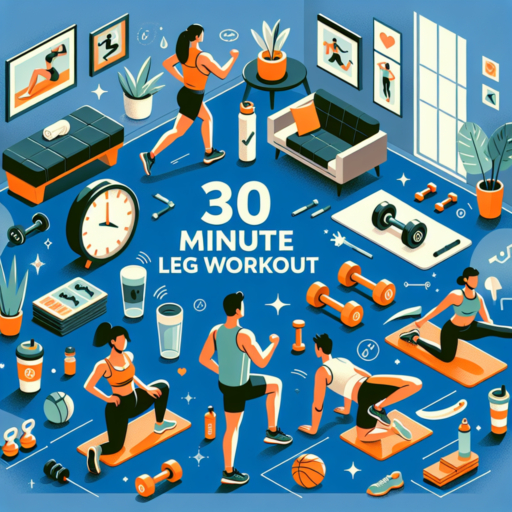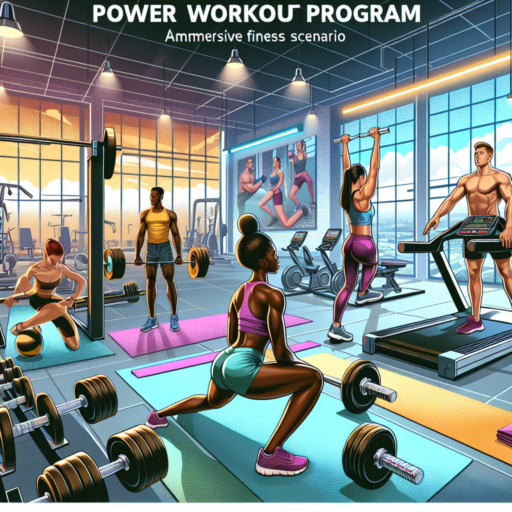Is 3 exercises enough for leg day?
When it comes to structuring an effective leg day workout, the number of exercises performed can vary widely depending on individual fitness goals, experience levels, and the principles of workout design being applied. However, the question often arises: Is 3 exercises enough for leg day? This simple inquiry garners attention for its straightforwardness and the appeal of potentially quick, yet effective workouts.
The human leg is comprised of multiple muscle groups, including the quadriceps, hamstrings, glutes, and calves. Designing a workout that effectively targets all these areas with only three exercises requires careful selection and strategic planning. It’s imperative to choose exercises that offer comprehensive engagement across these varied muscle groups to ensure balanced development and injury prevention.
For many, incorporating compound movements such as squats, deadlifts, and lunges into a routine can encompass a full-leg workout within just three exercises. These movements are celebrated for their efficiency in targeting multiple muscles simultaneously, promoting enhanced muscle engagement and functional strength. Nevertheless, it’s crucial to recognize that while three exercises may suffice for maintenance or minor improvements, progression toward specific strength or hypertrophy goals might necessitate additional exercises or variations to challenge the muscles adequately.
How long should a leg day workout be?
The duration of a leg day workout can vary greatly depending on several factors, such as your fitness level, goals, and the intensity of the exercises. Generally, a leg workout should last between 30 to 60 minutes. This timeframe allows for a comprehensive session that can include a proper warm-up, a series of targeted exercises, and a cooldown period. It is crucial not only to focus on the duration but also on the quality of the workout. Overtraining can lead to muscle fatigue, injury, and counterproductive outcomes.
For beginners, starting with a 30-minute session can be optimal. This should include a mix of compound movements like squats and lunges, which work multiple muscle groups, and isolated exercises such as leg curls and extensions. As your strength and endurance improve, gradually increasing the workout time to 45 or 60 minutes can be beneficial. It’s important to listen to your body and adjust the duration based on how you feel during and after each session. Ensuring you don’t rush through exercises to meet a time goal is crucial for preventing injuries and ensuring muscle growth.
Exercise Selection and Rest Intervals are also critical components that influence the length of a leg day workout. Including a variety of exercises targeting different parts of the leg, such as the quadriceps, hamstrings, calves, and glutes, helps in achieving a balanced session. The rest interval between sets is another factor that affects the overall workout time. Shorter rest periods of 30-60 seconds are typically recommended for endurance building and fat loss, while longer rest periods of 2-3 minutes are ideal for strength and muscle building. Balancing these elements will help in creating an effective leg day workout that fits within the recommended duration.
How many calories do you burn in a 30 minute leg workout?
The answer to how many calories you burn in a 30 minute leg workout can vary significantly depending on several factors including your weight, the intensity of the exercise, and the specific leg exercises you perform. On average, individuals can expect to burn between 200 to 300 calories in a session of this length, but it’s important to note that everyone’s body responds differently to physical activity.
Exercises that incorporate larger muscle groups, such as squats, lunges, and deadlifts, tend to burn more calories. This is because they require more energy expenditure to perform, tapping into your body’s reserves. High-intensity interval training (HIIT) leg workouts can also spike your calorie burn, pushing the numbers even higher during and after your workout due to the afterburn effect, or Excess Post-exercise Oxygen Consumption (EPOC).
Moreover, the consistency of your workouts and your overall level of fitness can influence the number of calories burnt. Regularly engaging in leg workouts builds muscle, increasing your resting metabolic rate, which means you will burn more calories even when you’re not exercising. Utilizing equipment like resistance bands or weights can further enhance your calorie expenditure during a 30-minute leg workout. Remember, to accurately track calories burnt, consider using fitness trackers or apps that tailor calculations to your specific weight, age, and intensity level of exercise.
Is 20 minutes of leg workout enough?
When considering the efficiency of a 20-minute leg workout, it’s vital to understand the concept of quality over quantity. This time frame can be ample, provided the exercises are chosen carefully and performed with high intensity. It aligns well with modern fitness philosophies that emphasize shorter, more targeted workouts instead of prolonged sessions. For individuals with busy schedules, this approach to leg training can offer a practical solution to maintain fitness without dedicating extensive hours to the gym.
The key to maximizing the benefits of a 20-minute leg workout lies in the selection of exercises. Incorporating compound movements that target multiple muscle groups can enhance strength and endurance efficiently. Exercises such as squats, lunges, and deadlifts are excellent for engaging various muscles in the legs, including the quadriceps, hamstrings, and calves. By focusing on these high-impact exercises, individuals can achieve substantial results in a relatively short period.
Furthermore, integrating high-intensity interval training (HIIT) techniques into a 20-minute leg session can significantly boost its effectiveness. HIIT involves short bursts of intense exercise followed by brief periods of rest or lower-intensity activities. This method not only accelerates heart rate and increases calorie burn but also contributes to muscle building and endurance improvement. Therefore, a 20-minute leg workout, when properly structured, can indeed be sufficient for maintaining muscle tone and enhancing overall leg strength.










